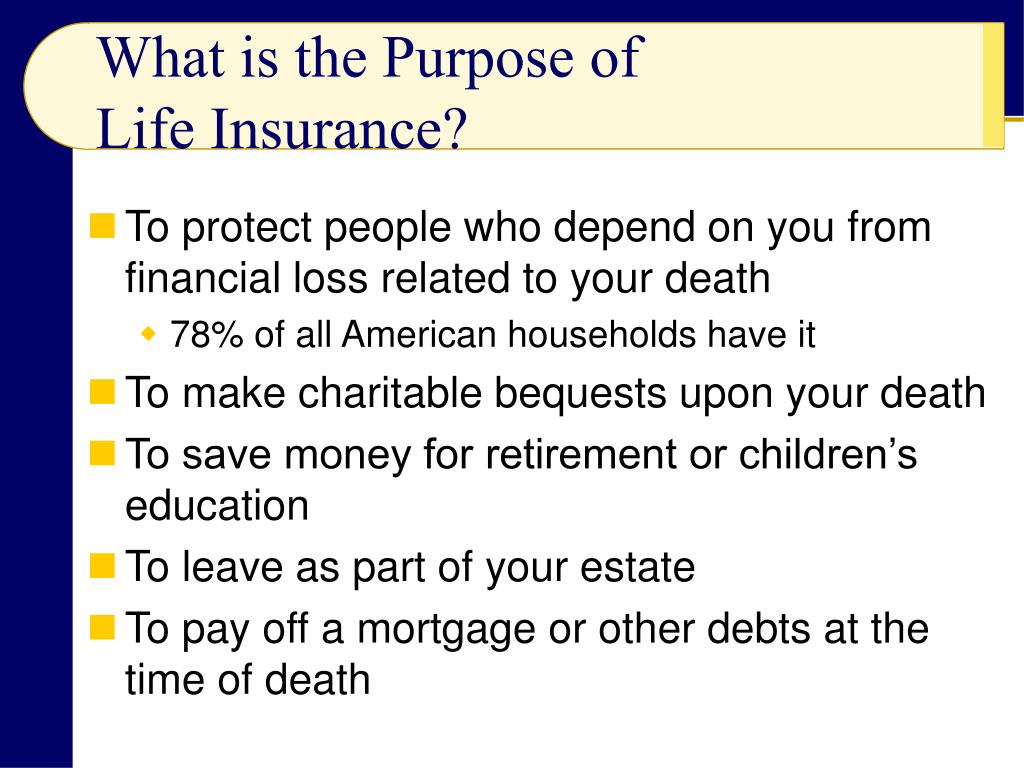The 9-Minute Rule for Pacific Prime
The 9-Minute Rule for Pacific Prime
Blog Article
The Best Strategy To Use For Pacific Prime
Table of ContentsPacific Prime for Beginners5 Simple Techniques For Pacific PrimePacific Prime for BeginnersPacific Prime Can Be Fun For Everyone
In most states, the insurer is required to send you a duplicate of the adjustments to your plan. It is very important that you review Endorsements or Motorcyclists so you understand how your policy has altered and if the policy is still sufficient to meet your demands. To obtain a duplicate of your insurance policy, please contact your insurance policy representative or business.
The Institute of Medicine (IOM) Committee on the Repercussions of Uninsurance launches an extended assessment of evidence that addresses the relevance of wellness insurance policy protection with the magazine of this report. Coverage Matters is the first in a series of 6 records that will be provided over the following 2 years documenting the truth and effects of having an approximated 40 million people in the USA without health and wellness insurance policy protection.

Some Known Facts About Pacific Prime.
The objective of this collection of research studies is to refocus plan interest on a historical problem. Complying with the longest financial growth in American history, in 1999, an estimated one out of every six Americans32 million adults under the age of 65 and greater than 10 million childrenremains without insurance (Mills, 2000).

10 percent of the populace represent 70 percent of healthcare expenses, a correlation that has actually stayed continuous over the previous three decades (Berk and Monheit, 2001) - global health insurance. Thus wellness insurance coverage continues to serve the function of spreading danger even as it significantly finances regular care. From the viewpoint of health care companies, insurance carried by their people helps protect an income stream, and communities take advantage of monetarily viable and secure healthcare experts and establishments
Government provides health and wellness insurance policy to populaces whom the exclusive market may not offer effectively, such as impaired and senior citizens, and populations whose access to health and wellness treatment is socially valued, such as youngsters and pregnant ladies. The best ends of wellness insurance protection for the private and areas, including work environment communities of workers and employers, are boosted health results and lifestyle.
Indicators on Pacific Prime You Need To Know
Workers rank medical insurance first by far in importance among all the advantages used in the work environment (Salisbury, 2001). There have been large financial investments of individual and public funds to provide health and wellness insurance policy, several individuals still have no insurance coverage. In spite of extensive reporting of study findings and healthcare research study results, the general public continues to be overwhelmed and misinformed regarding Americans without medical insurance and the ramifications of lacking protection.

Without doubt, the intricacy of American wellness care financing mechanisms and the wealth of sources of details include in the general public's complication and skepticism concerning health insurance coverage stats and their analysis. This report and those that will follow goal to distill and present in readily understandable terms the extensive research study that births on inquiries of medical insurance coverage and its significance.
Fifty-seven percent of Americans surveyed in 1999 thought that those without medical insurance are "able to obtain the care they require from medical professionals and hospitals" (Blendon et al., 1999, p. 207). In 1993, when nationwide interest was concentrated on the problems of the uninsured and on pending health treatment legislation, just 43 percent of those surveyed held this idea (Blendon et al., 1999).

They additionally get fewer precautionary services and are much less likely to have routine take care of persistent problems such as hypertension and diabetic issues. Persistent diseases can lead to expensive and disabling difficulties if they are not well handled (Lurie et al., 1984; Lurie et al., 1986; Ayanian et al., 2000). One nationwide survey asked greater than 3,400 grownups concerning 15 extremely severe or somber conditions.
Top Guidelines Of Pacific Prime
Extra evidence is provided later on in this phase in the conversation of insurance policy and access to health and wellness treatment. https://www.find-us-here.com/businesses/Pacific-Prime-Agoura-Hills-California-USA/34031837/. Individuals without medical insurance are young and healthy and balanced and select to go without insurance coverage. Virtually half (43 percent) of those surveyed in 2000 thought that people without health and wellness insurance coverage are more most likely to have health issue than people with insurance coverage
Voters and policy makers in emphasis group discussions define those without insurance as youths who have the chance to be covered and feel they do not need it (Concierge Novelli, 2001). Contrasted to those with at the very least some private coverage, the uninsured are less likely to report remaining in superb or extremely great health (Firm for Health Care Research Study and Top Quality, 2001).
SOURCE: Facility for Cost and Funding Research Studies, Company for Healthcare Study and Quality, based upon MEPS information. Youthful adults between 19 and 34 are much more most likely to do not have medical insurance than any type of other age. This is primarily due to the fact that they are much less usually qualified for employment-based insurance coverage as a result of the nature of their work or their short period in it.
The perception that people without insurance coverage have better-than-average health adheres to from puzzling the relatively moved here young age profile of the uninsured with the far better health, typically, of younger persons. This obscures the link between wellness condition and health and wellness insurance policy. For those without accessibility to workplace health insurance policy, poor wellness is a possible barrier to buying nongroup insurance coverage because such protection may be very valued, exclude preexisting problems, or be simply inaccessible.
Report this page